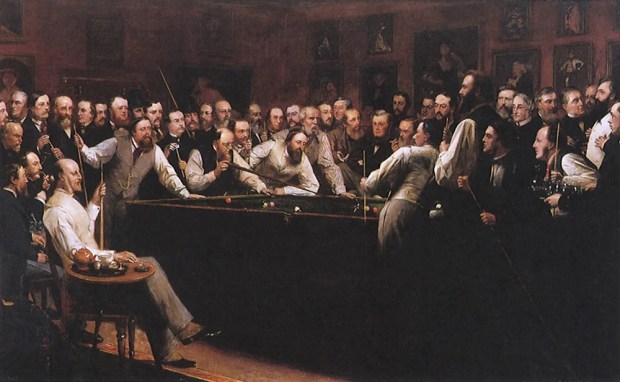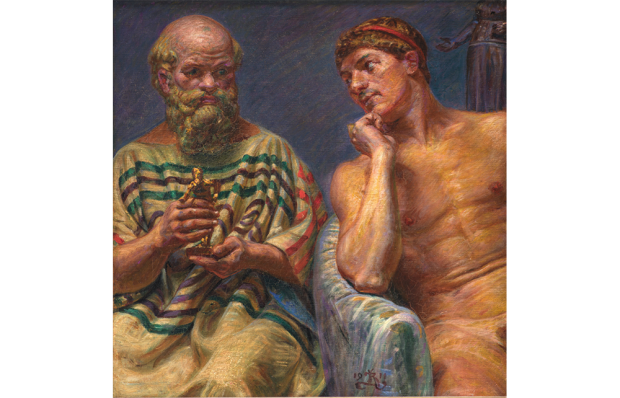We are told we live in a ‘post-truth’ world. This appears to mean that everyone believes everything they are told as long as enough people say it on enough different media. The Romans called it fama (‘fame’). This term covered news, slander, rumour, public opinion, reputation, notoriety, glory.
When Virgil’s epic hero Aeneas, destined to found Rome, had unwisely started an affair with Dido, the queen of Carthage, fama got to work, and Virgil described what a personified version looked like: a ‘huge, shuddersome monster’, swiftest of all evils, which might start small but gathered strength as it went.
Already a subscriber? Log in
Get 10 issues
for $10
Subscribe to The Spectator Australia today for the next 10 magazine issues, plus full online access, for just $10.
- Delivery of the weekly magazine
- Unlimited access to spectator.com.au and app
- Spectator podcasts and newsletters
- Full access to spectator.co.uk
Or










Comments
Don't miss out
Join the conversation with other Spectator Australia readers. Subscribe to leave a comment.
SUBSCRIBEAlready a subscriber? Log in